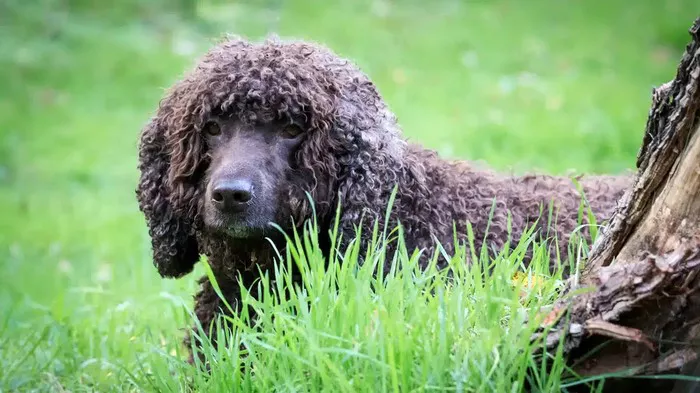From the elongated bodies of Dachshunds to the flattened faces of Pugs, many beloved dog breeds are characterized by extreme physical traits. While these features may be considered endearing, they can lead to significant health issues, diminishing the overall well-being of the dogs.
To address this concern, veterinarians have released new guidance highlighting ten extreme body conformations that owners should strive to avoid. These include traits such as a bulging or domed skull, twisted legs, a sloped back, and protruding eyes.
Dr. Dan O’Neill, Associate Professor for Companion Animal Epidemiology at the Royal Veterinary College (RVC), emphasized the importance of understanding the connection between body shape and the quality of life for dogs. He noted that while no owner desires an unhealthy dog, the popularity of breeds with extreme conformations suggests a lack of awareness among owners regarding these health implications.
Many popular dog breeds exhibit extreme conformation, a condition where exaggerated body shapes detrimentally affect health and welfare. These features often result from centuries of selective breeding rather than natural evolution.
Collaborating with the Royal Veterinary College, the International Collaborative on Extreme Conformations in Dogs (ICECDogs) has published new guidance aimed at assisting prospective dog owners in selecting breeds with good innate health. The concept of innate health, developed through a decade of research at the RVC, pertains to a dog’s ability to enjoy life without hindrance from health issues associated with extreme conformations.
According to the RVC, dogs with good innate health should be capable of breathing freely at rest and during exercise, without requiring corrective surgery. Additionally, they should maintain a normal body temperature, exhibit unrestricted movement, consume food and water effectively, possess adequate sensory functions (hearing, smelling, seeing), engage in self-grooming, and sleep efficiently.


